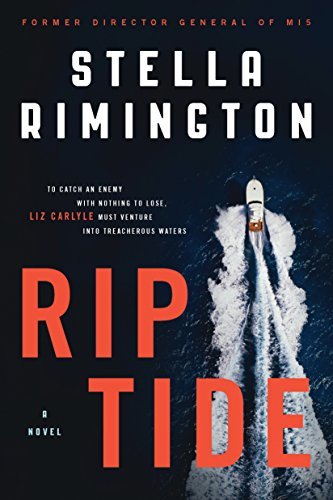
When a young British man turns up among a boatload of captured Somali pirates, Liz Carlyle rushes to France to interview him. Amir Khan holds a driver’s license from Birmingham. He’s of Pakistani descent and, as soon becomes clear, he had previously traveled to Pakistan at the urging of a radical cleric in his home town. Is Khan one member of a cell of England home-grown terrorists? Is he Al Qaeda? And is the connection with Somalia significant? Carlyle’s job is to uncover the truth.
Estimated reading time: 3 minutes
The making of English home-grown terrorists
When Liz asks a colleague “how does someone like Amir end up in Somalia?, the answer reflects a dilemma now common in the West. “I think they go through a sort of identity crisis,” the colleague says. “All this Western culture is only skin-deep with them; a lot of these kids don’t feel they can ever truly be English, and once they realize that, they feel alienated both from their parents and from this country and Western culture as a whole. Most of them don’t share the same work ethic as their parents; without that, they’re very vulnerable to the concept of a cause. Enter the extremist imams.” Al Qaeda and ISIS have attracted thousands of young people in similar ways.
Rip Tide (Liz Carlyle #6) by Stella Rimington (2011) 385 pages ★★★★☆
An action-packed novel that casts light on the world we live in
Rip Tide, the sixth novel in Stella Rimington’s Liz Carlyle series, is an action-packed novel that rockets from one locale to another: on the seas off the Somali coast and on the coast itself, to Athens, Paris, Birmingham, and London. Carlyle and her sidekick, Peggy Kingsolver, prove themselves to be consummate professionals. Somehow, too, they manage to maintain relationships with their lovers, and Liz succeeds in fending off the none-too-subtle advances from a senior officer in MI6 with whom she’s forced to work. Home-grown terrorists in England are just one of several challenges Carlyle faces in her brilliant career at MI5 even two decades ago.
A woman in the man’s world of espionage
Only in recent decades have women emerged in leadership positions in the intelligence services. The US military has done a far better job of promoting women to flag rank. The Navy is best of all by far, counting an astonishing 93 current or former US Navy female admirals. Their counterparts in the intelligence services have been overwhelmingly male. Today, as an exception that proves the rule, Gina Haspel serves as Director of the CIA. To date, no woman has served in a comparable position in Britain’s MI6.
But Dame Stella Rimington broke through the glass ceiling at MI5 more than two decades ago as the agency’s Director General. She retired in 1996, and no other woman has followed in her footsteps. Rimington now writes the Liz Carlyle series of spy thrillers. It seems likely, doesn’t it, that Carlyle’s career reflects the author’s own experience? You can be sure that Rimington was forced to deal with home-grown terrorists in England. Al Qaeda was in its infancy during her time at MI5.
For related reading
This book is featured on my post, Dame Stella Rimington’s Liz Carlyle series of top-notch espionage novels.
You might also enjoy my posts:
- The 15 best espionage novels
- Good nonfiction books about espionage
- The best spy novelists writing today
- Top 10 mystery and thriller series
- Top 10 historical mysteries and thrillers
And you can always find my most popular reviews, and the most recent ones, on the Home Page.



























